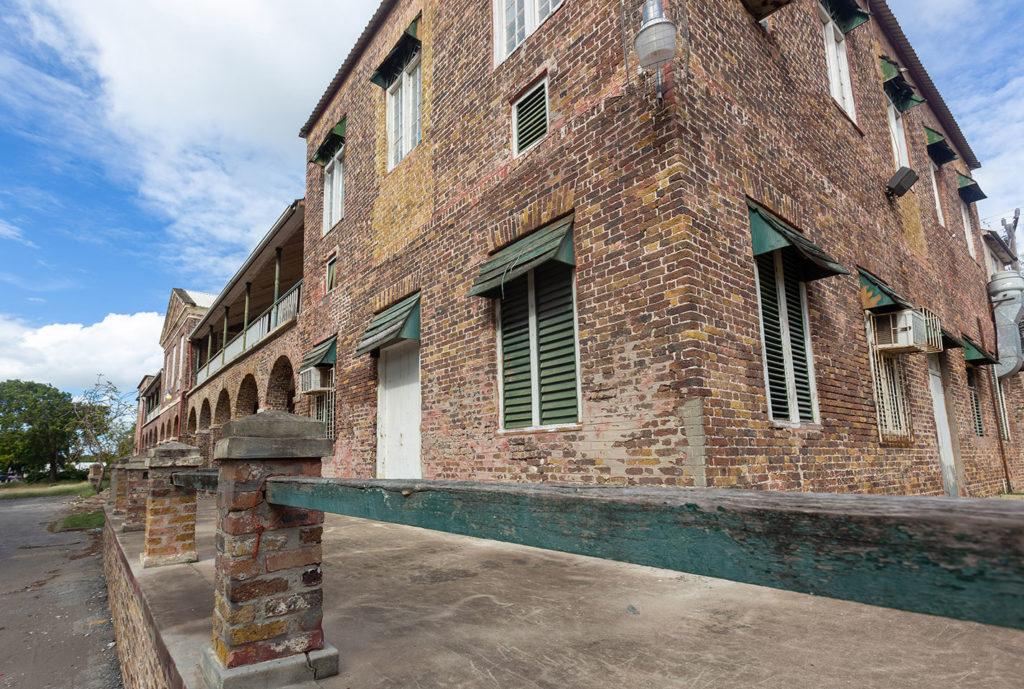When Cabinet made its decision on 25th June 2020 to designate Block A at St. Ann’s Garrison as the first home for the National Gallery it was the second time it did so. In August 2001 the Cabinet, examined a report on six sites which had been evaluated as having the potential to accommodate this new national collection. At its meeting on 30th August the members noted “the progress of discussions between the then Ministry of Education and Culture, the National Art Gallery Committee and the Ministry of Housing and Lands as to the use of the site at the Garrison.” Cabinet would return repeatedly to the question over the intervening years, but finally, almost 20 years later, it stuck.
Constructed in 1808 as barracks for soldiers in the West India Regiment the structure comprising 18” thick exterior walls, was constructed from ballast brick with wooden inserts for doors and windows. Despite recent dilapidation, it can provide solid protection and security for the national art gallery collection. With a floor area of approximately 36,000 sq. ft., it provides ample space for the storage and conservation, installation and interpretation of the artwork which has been acquired for the collection, as well as for the operational, exhibit and programme activities of the National Gallery.
The floor to ceiling heights on both floors will allow for the installation of larger and more imposing pieces of art to be stored and exhibited with little difficulty. Extended lengths of uninterrupted wall space provide useful opportunities for spacious hanging of paintings and other framed and mounted artwork.
Situated within the globally acclaimed World Heritage property, Historic Bridgetown and its Garrison, the location is advantageous as its proximity to both George Washington House and the Barbados Museum and Historical Society provide the foundations for the development of creative heritage area which provides major opportunities for the tourism branding of the district as a culturally rich arts sector.


